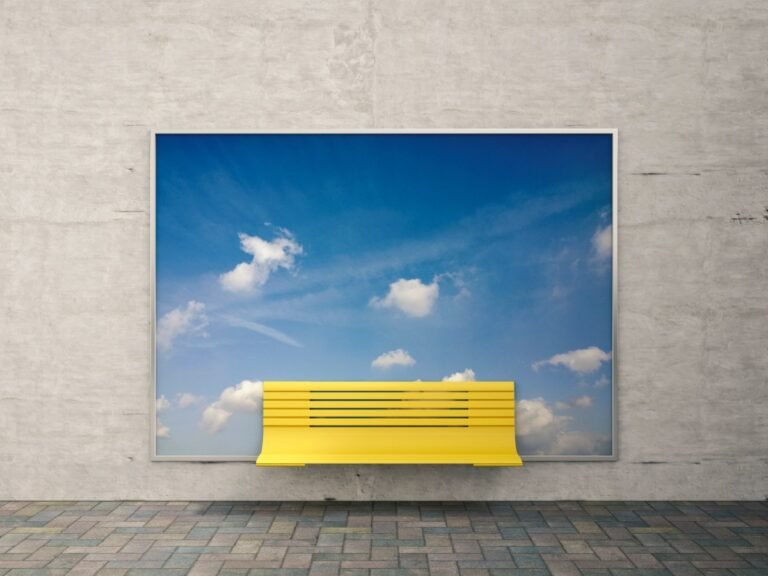When Alex Ewing was a kid growing up in Purcell, Oklahoma, he knew how close home was based on the billboards he could see outside the car window. Now, as CEO of OneScreen.ai, he’s helping startups like fintech Ramp and tech recruiter Karat advertise on billboards and beyond.
“I think billboards are good and help bring creativity back into marketing,” Ewing told TechCrunch. “They’re like canvases for marketers in a way that a digital screen isn’t.”
Ewing joined Boston-based OneScreen last year. The company acts as a software-enabled middleman between startups and out-of-home (OOH) advertising slots like billboards, subway ads and more. OneScreen helps startups find the right placement for their ads based on the potential customers the companies want to reach combined with the platform’s demographic and historical data. The company also uses anonymized location data to help companies track how successful their campaigns are.
OneScreen has raised $4.7 million from investors including Asymmetric Capital Partners, Techstars and Impellent Ventures, among others. The company is currently profitable and tripled its revenue last year.
Billboards and other types of OOH marketing are becoming increasingly popular, especially for startups, Ewing said. U.S. OOH advertising spending is expected to reach $9.3 billion this year, according to Statistaand is projected to reach nearly $12 billion by 2029.
But why would a B2B company like Ramp want to advertise in a classic consumer way, like the outside of city buses or inside subway cars?
Ewing said companies are trying to refocus their attention on OOH advertising strategies after years of focusing on digital marketing. He added that regulations around privacy and targeted ads, as well as the ability for people to block digital ads, have made online advertising strategies less successful for many.
“B2B, B2C, companies everywhere from Series A, Series B, [companies that are] The really well-funded or publicly traded said, ‘we can’t invest what we’ve invested in digital anymore, the ROI isn’t there,'” Ewing said. “It just keeps getting more and more expensive and less and less efficient.”
What this type of advertising creates is brand recognition, which is more effective for B2B companies than people may realize, even if the majority of people who see the ad are not likely to become customers.
In February, Hila Perl, director of strategic communications at Papaya Global, told TechCrunch that B2B HR startup Papaya was buying a $7 million Super Bowl ad for just that reason.
“It’s not a lead generation move,” Perl said of the company’s ad purchase. “It’s not so we can sell more. Obviously, yes, we want to see a very immediate ROI, but we all understand that this is a branding game or a brand awareness game, it’s not a lead generation game. In my mind it’s always a marathon rather than a sprint.”
While OneScreen can’t control who sees an OOH ad, Ewing said his company can still help companies reach a targeted audience. B2B companies can give OneScreen a list of target client companies, and OneScreen’s technology will develop a strategy for them that includes advertising slots near their target companies’ headquarters or where their employees may be traveling from. they move in and out. It uses anonymized mobile phone tracking data to see how users reacted to the ad through metrics such as website traffic from people who passed the ad compared to those who didn’t.
The downside is that ROI on OOH ads can’t be tracked as easily as connecting the dots between someone clicking on a digital ad and then making an online purchase shortly after. But the hope is that seeing a New York MTA bus wrapped in a Ramp ad will be more effective than a cold sales email.
“There’s nothing more powerful than seeing a company and a brand in the real world,” Ewing said. “If you get this in front of the right people, this can be a powerful way to smooth the beach for inbound or just drive customers.”
